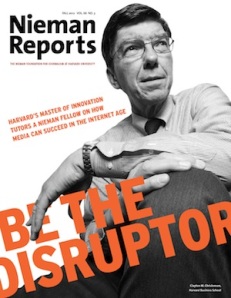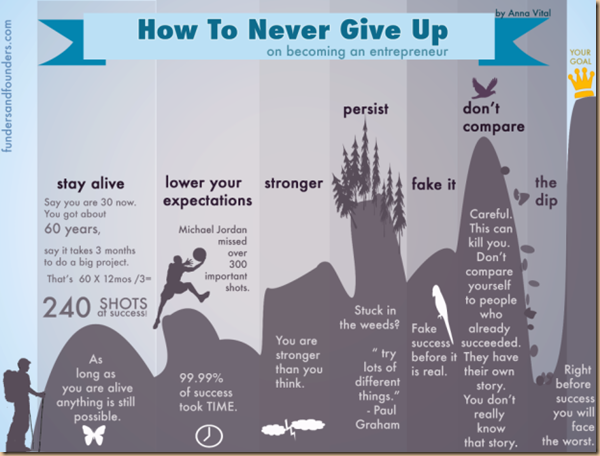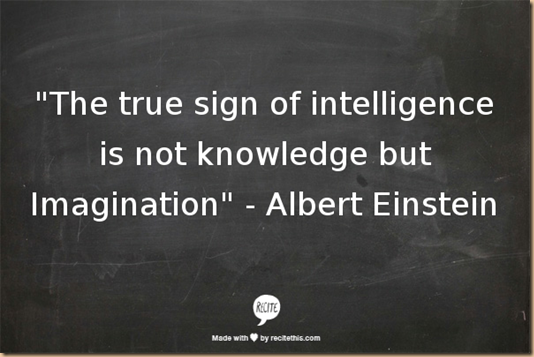If you are thinking about giving up right now, wait until you read this. Here is why – your worst days come right before success. There are 7 big reasons why you should never give up. How To Never Give Up Let’s go through each step together. http://bit.ly/11IQOCq
Month: June 2013
The Internet of Cars Is Approaching a Crossroads – MIT Technology Review
Will Knight Dash warning: Vehicle-to-vehicle communication systems will be able to warn drivers in emergencies. The phrase "vehicle-to-vehicle communications" might currently mean little more than a few choice words hurled through an open car window. In a few years, however, it could be synonymous with technology that makes driving safer, less polluting, and certainly less antagonistic
Wireless vehicle networks could make driving safer and more efficient, but the cost of deployment will be significant. http://bit.ly/17E6JGt
What’s in a ‘G’? Why terms like 5G and LTE-Advanced are important
I’ve used a lot of digital column inches railing against the mobile industry and tech media’s use and abuse of the terms LTE-Advanced and 5G. But usually people just shrug, rolling their eyes at a bunch of geeks squabbling over technical verbiage that has no impact on the average dude with a mobile phone.
I definitely see that point, but I also believe the misuse of these terms hurts consumers and the tech industry in general. As with 4G before, these are the terms that the mobile industry will use in marketing campaigns and advertising to communicate with their customers. Left unchecked, LTE-Advanced and 5G will become instilled with new meaning and myth, and when the reality doesn’t match up with the myth, you’ll be left wondering why.
 When a hardware company or carrier increases the number of “Gs” or tacks the word “Advanced” onto its technology, there’s a reasonable expectation that…
When a hardware company or carrier increases the number of “Gs” or tacks the word “Advanced” onto its technology, there’s a reasonable expectation that…
View original post 1,130 more words
Codecademy for the cloud: Google’s new Cloud Playground is pure genius
AT&T adds two internet of things innovation centers
AT&T is adding two new innovation centers to its existing three, with a new Plano, Texas center focusing on what At&T dubs machine-to-machine connectivity and a new Atlanta innovation center more focused on consumer internet of things products. AT&T (s t) calls the innovation centers Foundries, and it has one in Palo Alto, Calif., one in Israel and one in Plano, Texas outside of Dallas.
In fact, the new M2M center will be built on top of the existing Foundry office, but because it will have a more hardware-oriented focus requires new space and different employees, said Abhi Ingle, VP of Ecosystem and Innovation at AT&T. Both of the new Foundry spaces are aimed at keeping AT&T ahead of the curve when it comes to connected devices. the Plano space will have a more corporate focus, think tracking fleets of cars or industrial applications, while the Georgia location will…
View original post 185 more words
Why Instagram wants to rule video
Free, a radical story turning disruptive (1/3)
Rapid Innovation in Digital Time
 What is radical, what is disruptive?
What is radical, what is disruptive?
Greg Satell points out the definition of disruptive innovation unfolded 10 years ago by Clayton Christensen in The Innovator’s Dilemma: ‘Great firms get disrupted and fail when they got blindsided by a completely new market’. Greg notes that disruption can ‘start with a product worse from a traditional standpoint, but performing better in areas such as price or convenience: a new market would then develop, the new upstarts will serve a different kind of customer that seemed tangential, niche and less profitable to incumbent firms’.
When radical innovation is about technological leapfrogging, disruption brings a new market to the landscape, explains similarly Venkatesh Rao. In other words, the CD is a radical innovation (great technology, same players shoot again, with better margins) while the MP3 is a disruptive innovation (value shift, complete recomposition of the market, incumbent players get disrupted).
I have…
View original post 1,092 more words


